Spirit Torino Twin Pulse Beryllium IEMs – Musicality, Warmth And Soul
Spirit Torino Twin Pulse Beryllium is a $1000 USD / 1000 EURO IEM handmade in Italy, with with a scaled isobaric system, and a sound with a passion. Today we will be reviewing it, and compare it with other IEMs, including Soundz Avant (1390 USD), Sennheiser IE900 (1499 USD), HIFIMAN Svanar (1999 USD), Unique Melody Maven PRO (1799 USD), Campfire Vega 2020 (900 USD) and FiR Audio NE4 NEON 4 (2299 USD).
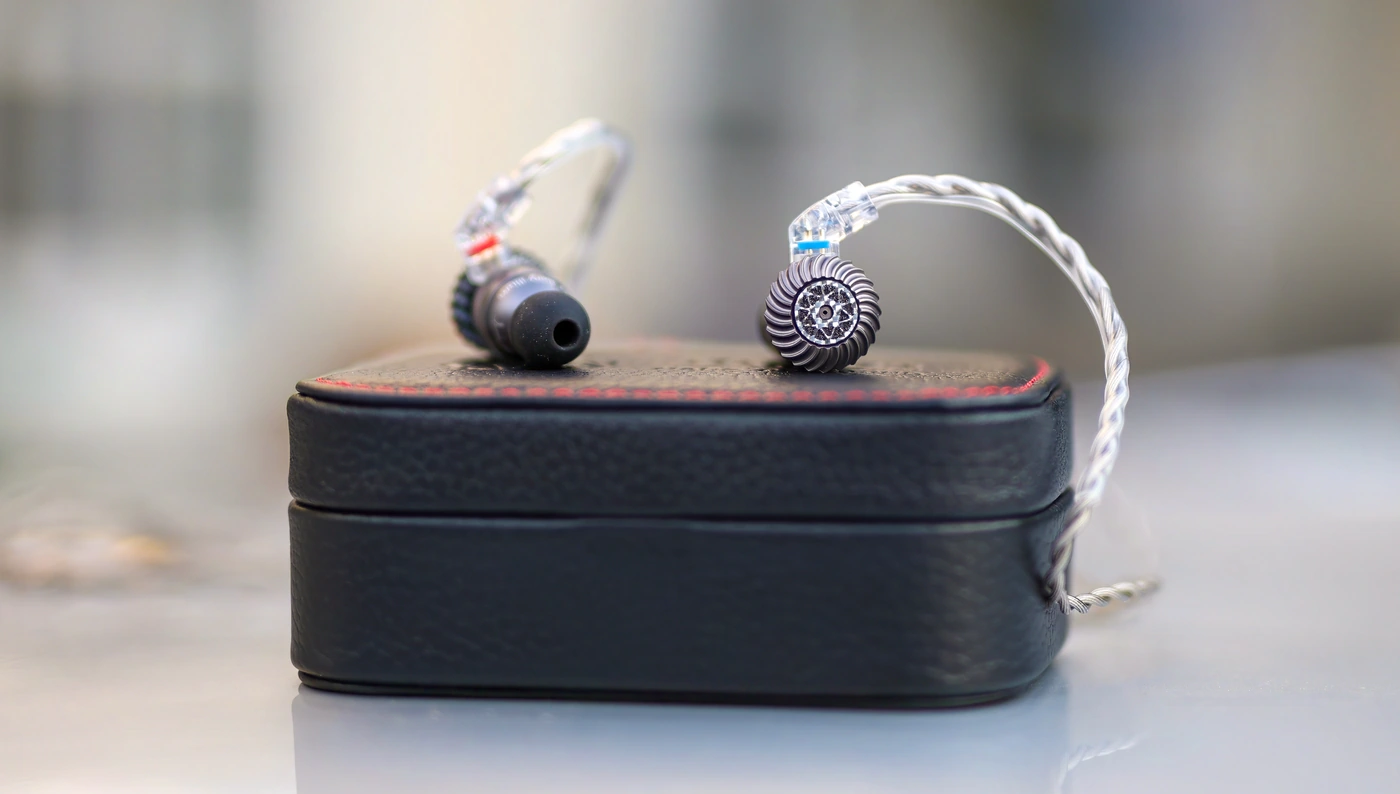
Introduction
Spirit Torino is a company from Italy, which really loves music, and has people dedicated to music, ready to take on the heavy task of making the best sounding products for our ears, and who makes all of those by hand, designing new technologies and implementing them in their newest products. While most companies rely on using tech already existent, Spirit Torino always has unique approaches to products, and this is the first In-Ear Monitor or Earphone that we’re reviewing, after having had the chance of reviewing their Spirit torino Super Leggera, a headphone designed like a Ferrari Sportscar. As an Amazon Influencer, I earn from qualifying purchases, and using the purchase links in my reviews helps me maintain this website and YouTube channel.
I’d like to thank Spirit Torino for providing the sample for this review, in exchange for my honest opinion. This review is a description of my personal experience.
Product Link
You can grab one from the official Link from Spirit Torino here – https://www.spirittorino.com/en/products/iem-twin-pulse-berillium
You can grab one from www.amazon.com here – https://amzn.to/3I1I2bJ
If you’re in the UK, you can grab one from www.amazon.co.uk here – https://amzn.to/48ju1RI
And if you’re from Europe, you can grab one from www.amazon.de here – https://amzn.to/3I0RRH9
Build Quality/Aesthetics/Fit/Comfort
The tech inside of the Twin Pulse IEMs is unique and we’re looking at custom designed drivers, which use the self-designed twin isobaric system. This was first explored in the Twin Pulse headphones, where Mr. Andrea Ricci designed the headphones to overcome the biggest limit of a dynamic driver, which is to this day the speed of the transients, and getting a fast enough response from the driver to make it feasible for high-end listening.

To get to the sound of the Twin Pulse Beryllium IEMs, the IEMs are made of an aluminum shell, which has a complex filtered duct system that pressurizes the air inside to get to the final sound. The magnets are made of neodymium and there is just one motor driver in each IEM instead of multiple drivers, to avoid phase and group delays, and to get a better sonic reproduction with a lower distortion and overlapping frequencies than with most multi-driver setups.
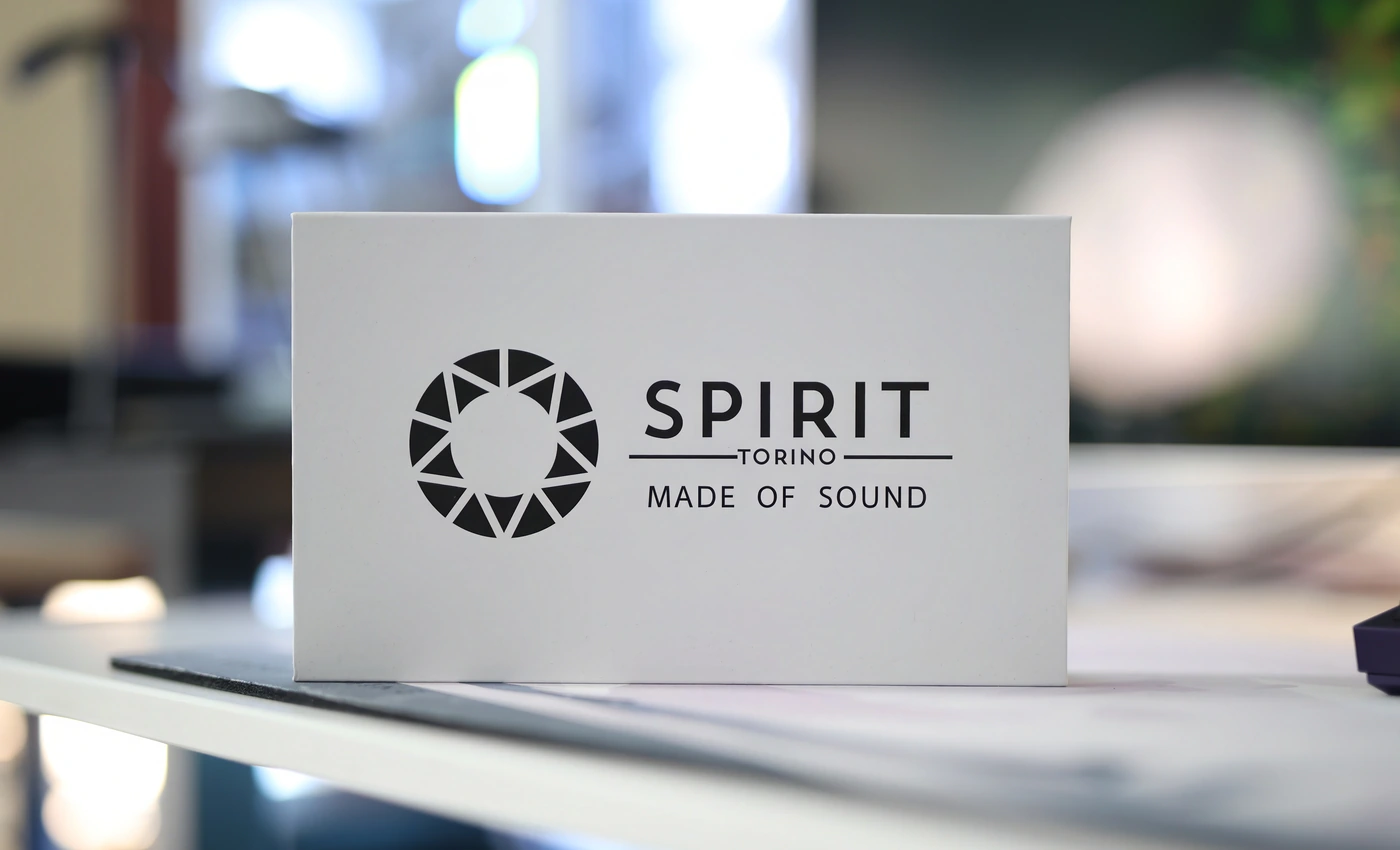
The motor driver itself employs two identical 10mm micro drivers with the powerful neodymium magnets, and Beryllium coated drivers to act synchronously for the entire audio range to zero out micro-acoustics problems, along with phase interference seen in a single driver setup. The whole point of having fewer drivers is to avoid our brain thinking that the sound is a reproduced recording, rather than a live experience, and Spirit Torino went with this approach as inside an IEM, there simply isn’t enough space to place a good crossover, as you’d have with a pair of speakers.
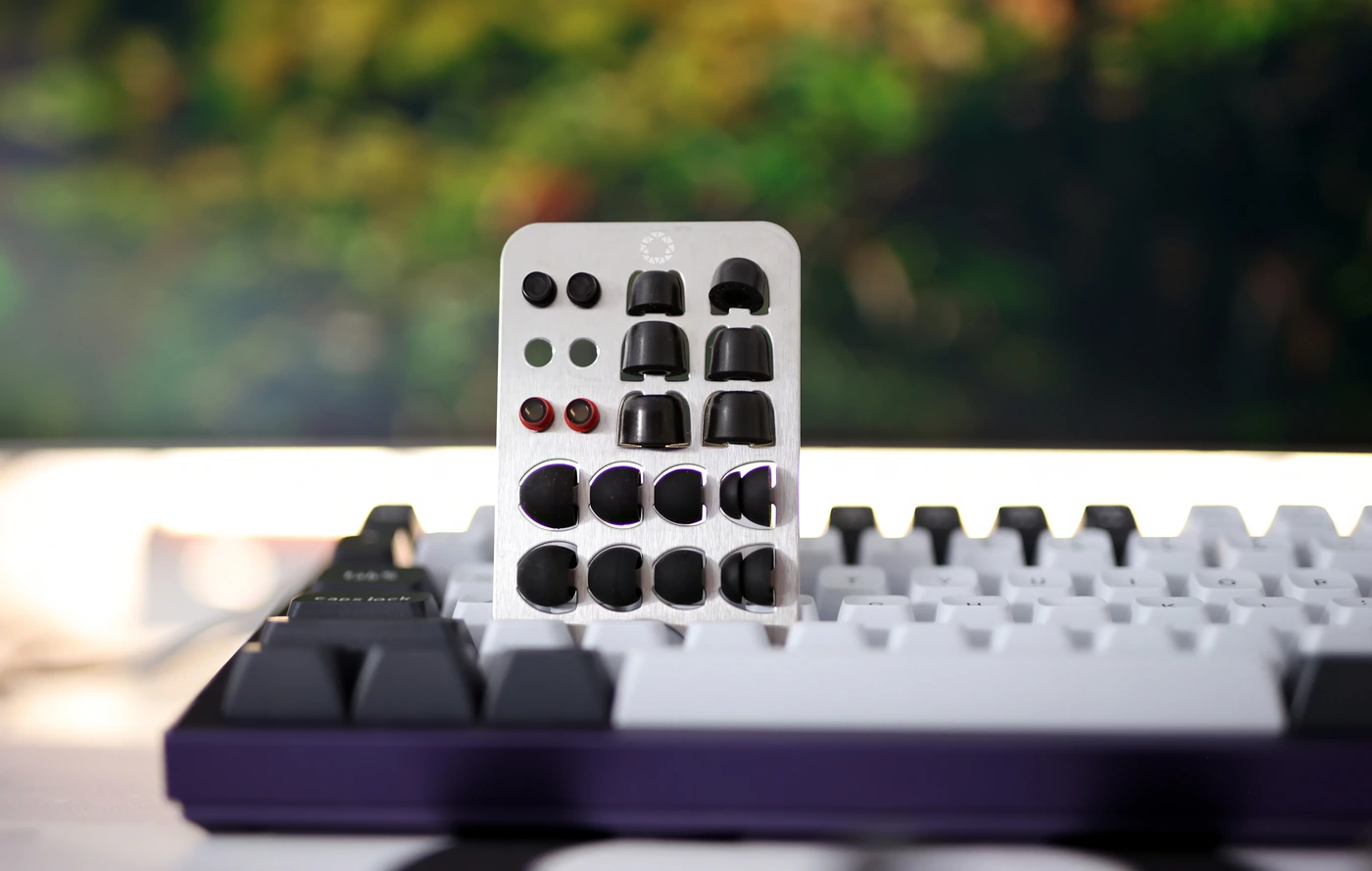
To minimize the aerodynamic turbulence caused by the air moving through the IEM, the company has a complex filter with a sound extractor resonance chamber that eliminates this issue. The whole driver room actually has a complex inertial frame that changes the way air moves through the entire IEM. If you feel like the outer design is a bit funny, you’re not the only one, but Twin Pulse Beryllium uses a series of Texalum composite inserts to make the whole IEM anti-resonant and to keep soundwave reflections at a minimum.
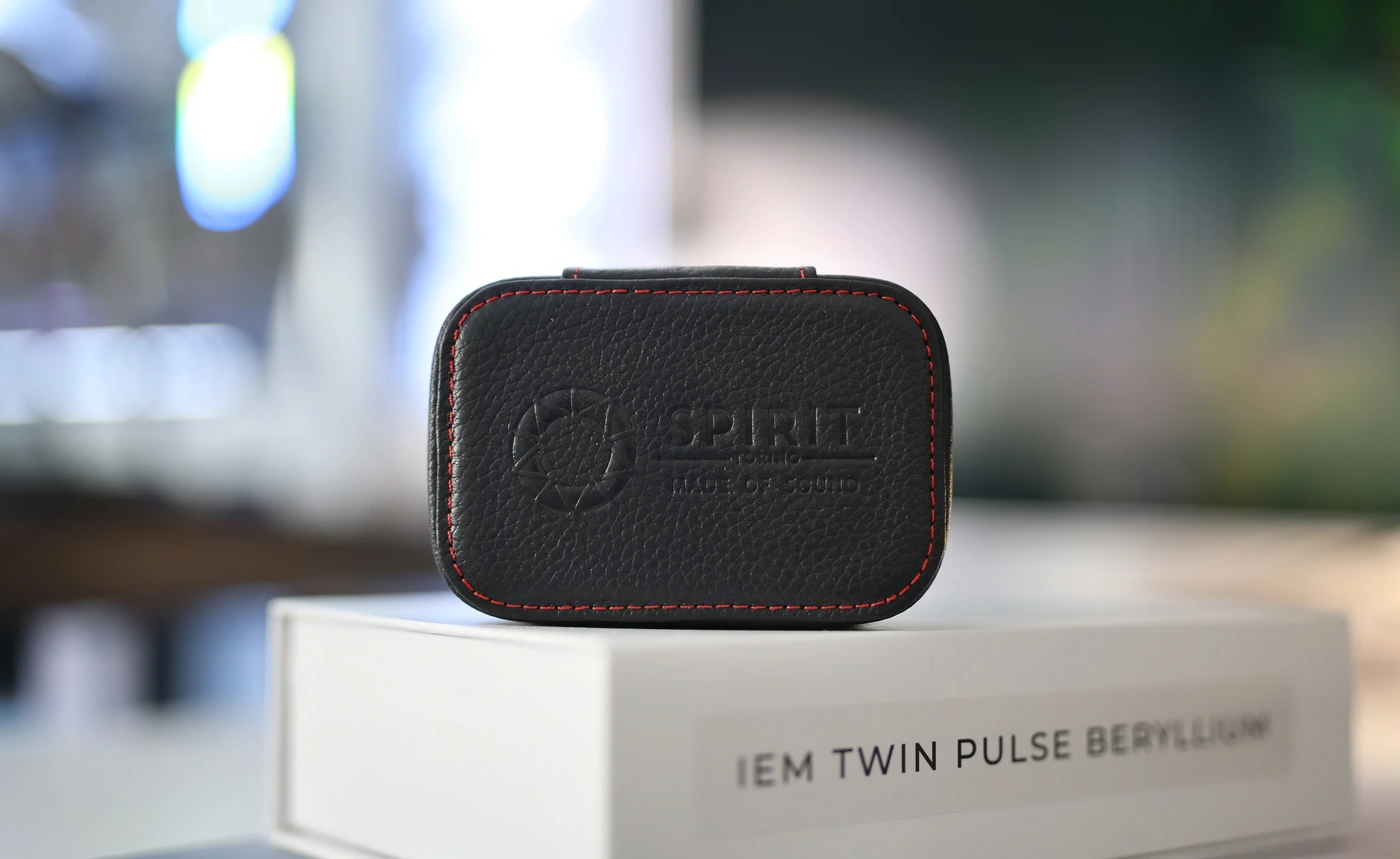
Spirit Torino has been listening and studying the market to get a good idea of what other companies are doing, including reading my review on the Super Leggera headphones, so to make sure everyone gets the ideal amount of bass, there’s a selection of filters included in the Twin Pulse Beryllium IEMs package, with a red filter for adding 3 dB of bass, a silver filter to get the default bass response and a black filter to reduce the bass by 3 dB. Those IEMS are made in collaboration with Jazz musicians to get the best tonality and accuracy for acoustic instruments.
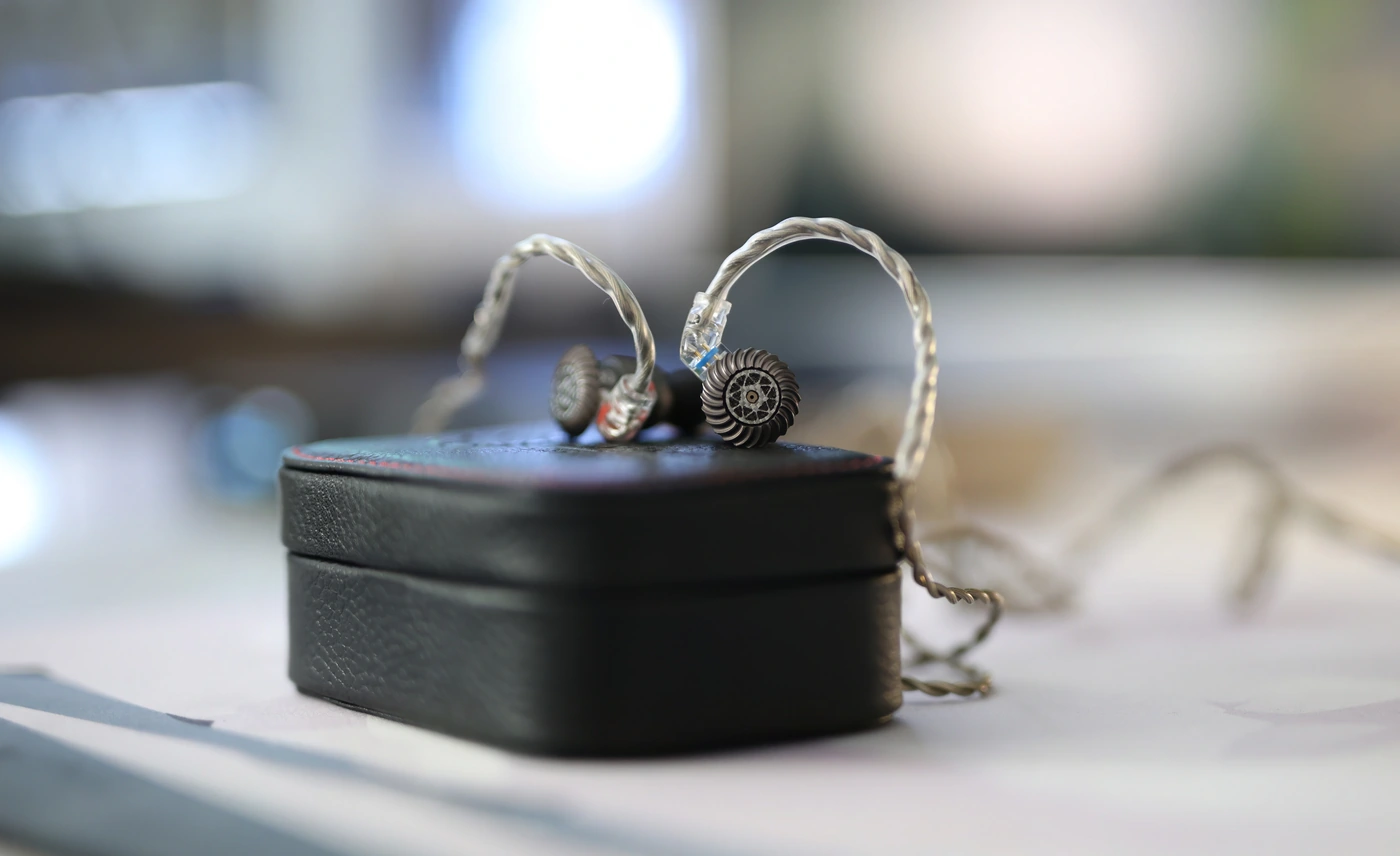
The cables included with the Spirit Torino Twin Pulse Beryllium are made of silver / copper, and they’re a Litz 392 cores OCC Silver Plated Copper + 8 Cores Silver cable. The cables are detachable and use the less common Recessed 2-Pin connector to get the music from your source to your ears. Twin Pulse comes with two cables, one with a 4.4mm balanced connector, and one with a 3.5mm Single Ended connector, but with an adapter to 6.3mm for larger outputs. The transport case is premium too, as it is made of actual fine leather, and it is also solid, offering excellent transport to the Twin Pulse during transport.
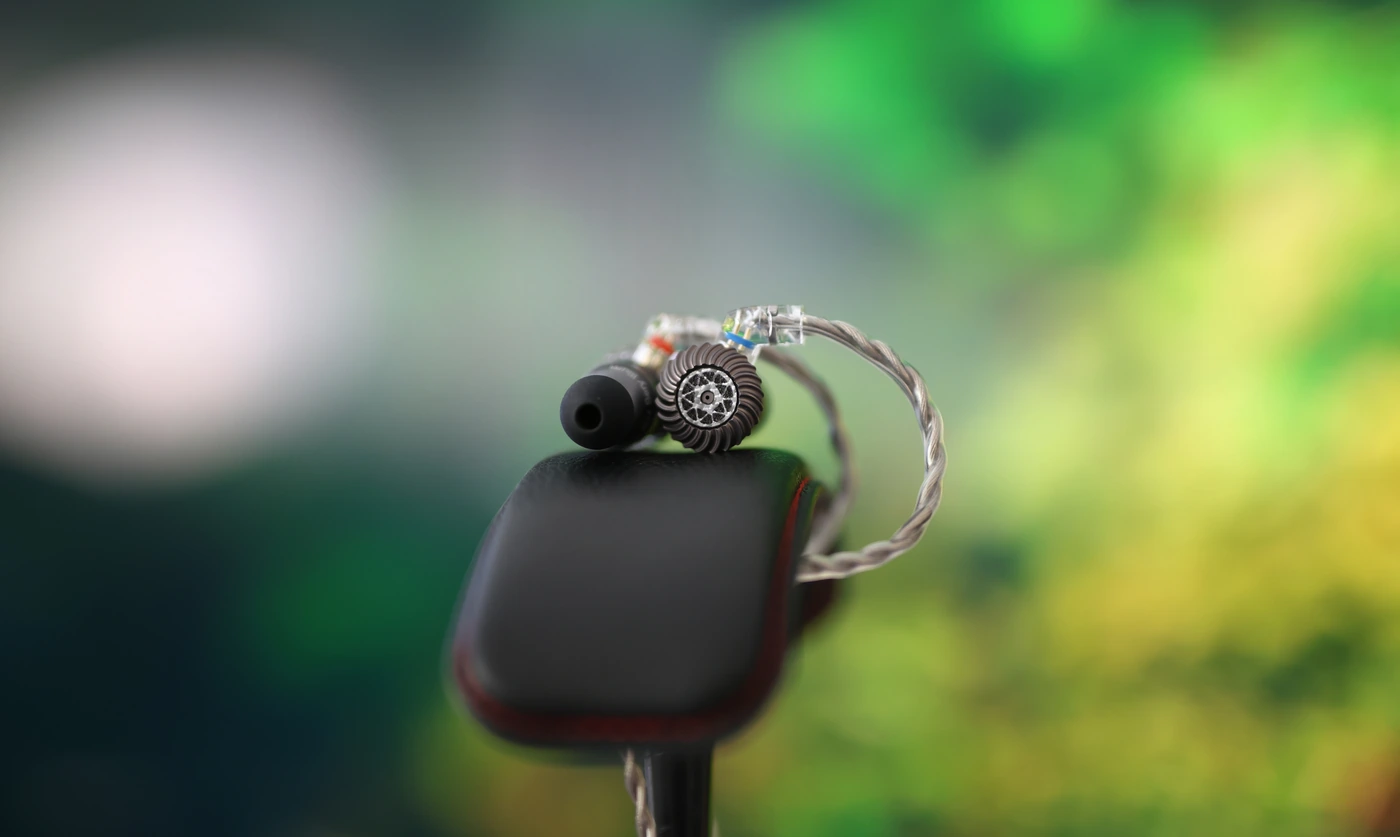
Subjectively, Spirit Torino Twin Pulse is one of the larger IEMS that I tested to date and I have an average comfort with it. In fact, the IEM itself is very comfortable, but the default cable uses a solid ear guide in the cable, and my comfort is improved using any other cables from other IEMs, but that can change the sound a bit, and not necessarily for the better, as Spirit Torino cables are of a high quality. Sonically, the default cables sound the best, but I would look into aftermarket options for improved ergonomics either way. The IEM bores are on the larger side, you need to use smaller tips, and a bit of experimenting to get the best comfort. The passive noise isolation is low, between 5 and 15 dB of passive noise isolation, as Twin Pulse is mostly open-back, with a lot of ventilation for their sound to be the way it is. There is no driver flex. Although I generally avoid them, foam tips offer the best comfort with the Twin Pulse.

Although the impedance is 16 OHMs, Twin Pulse is not sensitive to noise, background noise or hissing, and they have a max power handling of 2mW, which sounds low on paper but hasn’t caused any issues for me. Also, despite the full metallic build, this is one of the lightest IEM out there, at 6 grams per earpiece without the cable. The connectors and straight shape of the IEM would allow for straight-down wearing too, if you get a pair of aftermarket cables. This being said, the IEMs protrude far out of your ears, and a straight down cable would pull on them and cause wearing discomfort, which is why the company went with a standard over-the-ear design.
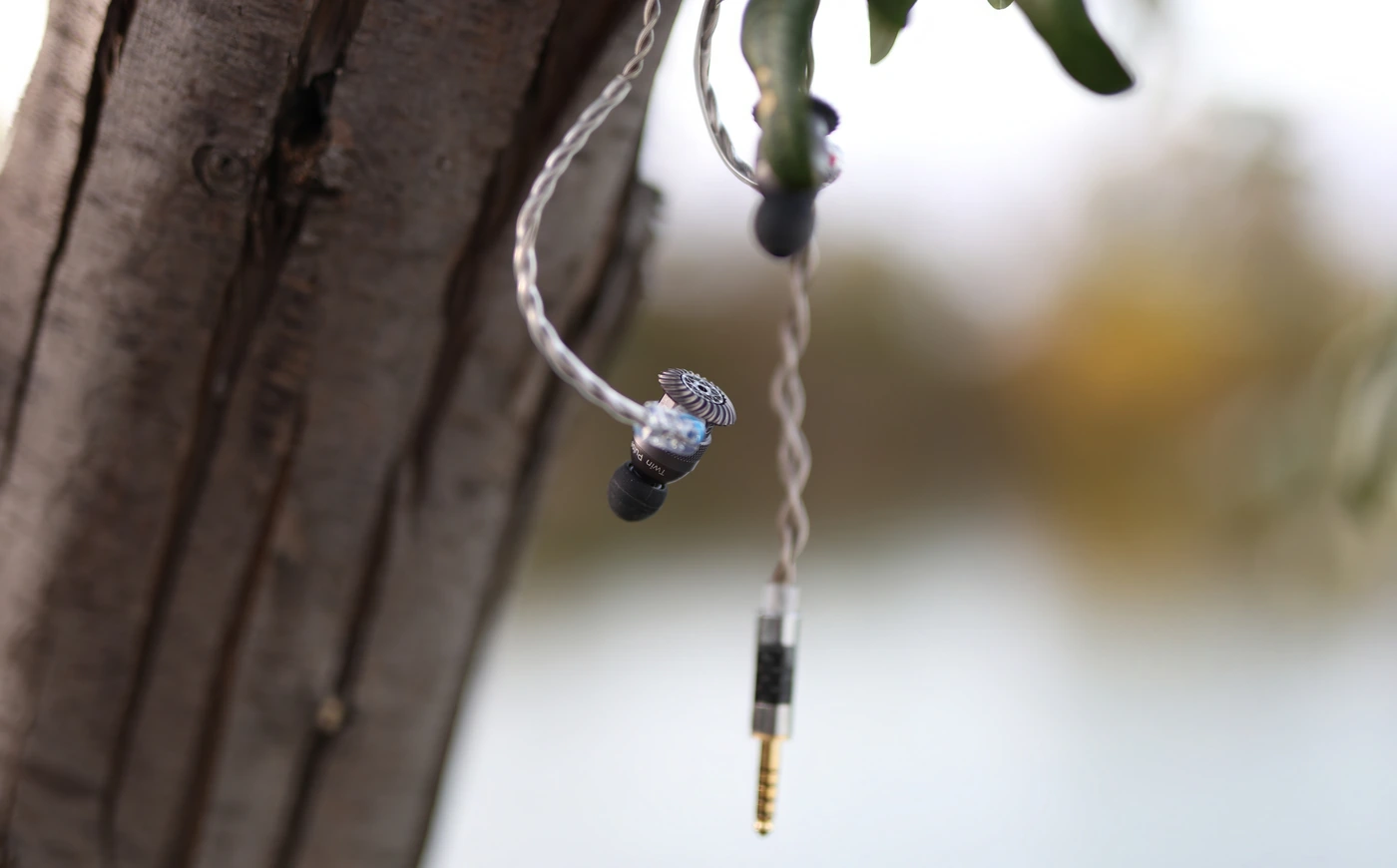
After getting the proper fit, with the smallest tips included in the package, and after about 20 minutes of wearing the Twin Pulse Beryllium, I find the comfort to be perfect as they simply disappeared in my ears, but it takes a transition, adaptation time to get used to their unique shape and design.

For the review you’re reading today, I’ve been using a selection of sources including FiiO K11, HIDIZS S9 PRO Plus Martha, HIFIMAN EF600, FiiO BTR15, Hiby Digital M300, iBasso DX320 MAX TI, Astell&Kern Acro CA1000T, Shanling Ua1 Plus, JDS Element III MK2 Boosted, and iFi Audio Go Bar. Spirit Torino Twin Pulse scales quite a bit with the source, and will sound better with high-end sources, but it is important that the source has good control with IEMs and at high volumes. You can actually feed much power to the Twin Pulse, and with a single ended connector, I can go beyond 12 o’clock on a HIFIMAN Goldenwave Serenade DAC AMP, which is way more than I do with most IEMs. This being said, you have to check the sonic part down below to see if loud listening fits your taste and expectations.
Sound Quality
Starting with the general sound, Spirit Torino Twin Pulse Beryllium is a mid centric IEM that places a good amount of energy and impact in the voices, instrumental information and texture of music, to make it sound and reverberate as naturally as it would in a live performance. The bass extension is fair, but they have a soft presentation, and will not add bass to songs that do not have it, allowing the original song’s information to shine through. This makes the Twin Pulse a great little IEM for mixing and mastering, as it is always showing the full extension of a song, how much bass you’re actually having without coloring the song. The treble is soft, clean, softly rolled off, with most of the treble energy being present between 11 kHz and 13 kHz, but with the treble extending well until 20 kHz.
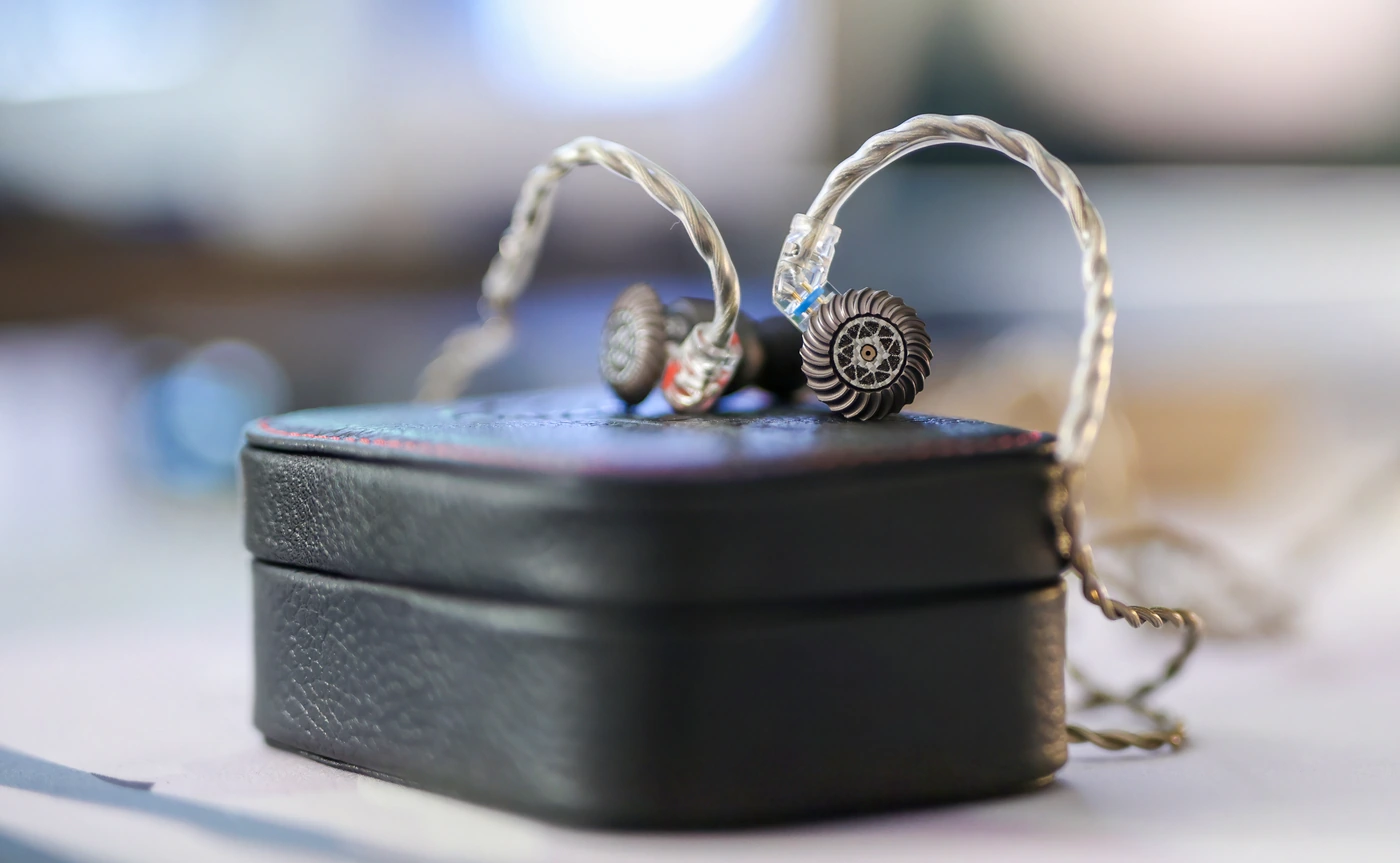
This is an IEM that can be enjoyed at any volume, at lower volumes sounding laid back, relaxed and smooth, with a more mid centric sound, less bass and less treble, and with higher volumes the bass becoming more and more present, and at very high volumes gaining a peak of treble at around 6 kHz – 9 kHz, where it has strong energy and a metallic tinge for cymbals. The absolute best performance can be found at medium listening volumes, where you get the best balance of resolution, detail, punchiness, dynamics and the widest soundstage. At lower volumes, the soundstage is much wider, but the impact is lower and sound is a bit too smooth compared to medium volumes, while at higher volumes, the soundstage becomes more intimate, sound more direct and treble sharper in that 6-9 kHz region. I noticed changes in the sound in the first few hours of listening, so please make sure to allow yourself and the IEMs a few hours of music to get a better idea if you’re liking them or not.

Starting with the bass, it is depending on both the filters used, and also on the volume you’re listening at, but it is generally present , slow in decay, and voluptuous offering a fulfilling sound, which fills the entire stage with sound, as long as it was originally present in the song. This is a tricky thing I mention, but Spirit Torino Twin Pulse doesn’t add a single dB of bass to a song if it doesn’t have it, so rock and metal can sound very flat in the low-end region, while EDM, Dubstep and Pop music sounds full, deep and like a house party / or an Armin Van Buren concert. There is no distortion in the bass regardless of the volume I’m listening at, which is very pleasing to hear, you can crank the Twin Pulse super loud, and the bass is still controlled, with a slower transient response, which gives a natural, deep sound for all instruments, including bass guitars, electronic bass, and even drum sets.

In the midrange we have the same distortion-free presentation at all volumes, with Twin Pulse presenting voices, especially female voices like that of Yfu Baby in her song YABAI, really sweet, forward, and intimate with the listener. Most of the other instruments play farther away in the background, with the bass guitar also being a forward element in the song, per the mixing and mastering of the song. To be honest, although I wasn’t looking for it, Spirit Torino always makes me fall in love with sweeter, more romantic music, and the tuning is just so darn spot-on for tonality, texture and just warmth that I am having the best time ever enjoying slower, sweeter songs, everything that comes out of the Twin Pulse is just so sweet, fluid and distortion ree, making all instruments nuanced and free of distortion or fatigue / fatiguing textures. In fact, transient response in the midrange is soft and slow, creating enough resolution for the price point, but keeping the whole sound fluid, free of sharp edges, fatiguing elements or harshness. You can hear Justin Timberlake or Adam Levine from Maroon 5 as if they were playing in the same room as you, Twin Pulse being really good at reproducing accurate vocal range and textures. The mids of Twin Pulse are rich and sweet, presenting muisc in ways that make you feel at home and enjoying music. There is a bit of grain, just the right amount to give realism to instruments and avoid sounding like everything is too smooth.

If you’re looking to hear your favorite voices intimately, look no further than the Twin Pulse Beryllium as they will bring every sweet voice right in your ears, like a whisper, from Billie Eilish all the way to Hime Hina, to Kesha to Lady Gaga. The soundstage develops naturally around you and the singer, and instruments sound as if they’re coming from farther away, except for the lead instruments which sound about as close to the listener as the lead vocals, those two elements playing right in your ears, while everything else is pushed back, especially drums taking the role of background instruments, together with the rhythm guitars and special effects / synths. There is the rare case like Ainobahn – Internet Yamero, where drums take a foreground place, but the vocals are closer to the listener, creating a feeling of intimacy and closeness with the singer.
Spirit Torino has a relaxed, smooth and clean treble that’s always free of fatigue and stressful elements, relying on a sweet, airy and well extended presentation to handle everything in the higher registers. This means that most sparkly elements in music take a place behind the other instruments, being presented both as distant and relaxed, smooth and fluid. The transient response in the treble is very soft, with a soft decay, soft attack, creating a sound that is very easy to listen to and enjoy. Romance is the only single word description I could give concerning the sound of the Twin Pulse Beryllium that would really fit their presentation. Even really bright and sharp songs like Eskimo Callboy – Cinema sounds enjoyable and lacks the bite, fatigue and overly bright tuning the song has, even compared to the rest of the Electric Callboy discography.

The dynamic range is particularly high and vivid with the Twin Pulse, we have one of the biggest headrooms for an IEM out there, with Twin Pulse also having exceptional control at high volumes. The midrange has a really warm presentation, and although they don’t necessarily have bass bleeding in the midrange, the midrange is indeed sweet, and offers a lush, thick, satisfying presentation. Some of the bands that typically sound dry and fatiguing, or downright obnoxious actually sound sweet and musical on the Spirit Torino
Comparisons
Spirit Torino Twin Pulse Beryllium vs Unique Melody Maven PRO (1000 USD vs 1799 USD)
The shape of the two is similar in comfort. While Maven PRO has a more ergonomic inner part with no sharp edges, they are rather large, and they have some driver flex, especially after I’ve been using them for a while. The cable of Maven PRO is more ergonomic, has no hard guides, and they have standard replaceable cables. Maven PRO is incredibly bright, and needs a source that is either soft, smooth, or warm in tuning to get a sound that is good, while Twin Pulse works well with most sources. Maven PRO is rather sensitive to source noise, especially hissing, while Twin Pulse not at all. You get a really high passive noise isolation from Maven PRO, while Twin Pulse offers an open experience which comes with some sound leakage and does not isolate a lot from the outside noise.

The sound of Maven PRO has a much stronger upper and mid bass, a similar amount of sub bass compared to Twin Pulse, and a more rounded midrange, with a much brighter treble, almost 20 dB more in quantity. The resolution of Maven PRO and Twin Pulse is similar when placing them side by side, at least in the bass and midrange, although thanks to the much higher treble extension, presence and energy, Maven PRO has higher treble resolution. The magic with Twin Pulse is in the midrange, it sounds more open, brings female and male voices closer to the listener, creating a uniquely intimate listening experience, gives you more emotion and a more personal sound, plus it is much easier to enjoy with all music. Since Maven PRO is so bright, it needs music that is intentionally not bright to work well, so most rock and metal can sound aggressive, to super aggressive with it, while Twin Pulse makes all music romantic, laid back, smooth, and enjoyable, including bright and sharp sounding ACG, Metal, even Infant Annihilator or Electric Callboy.
Spirit Torino Twin Pulse Beryllium vs Campfire Vega 2020 (1000 USD vs 900 USD)
Starting with the build and comfort, Vega 2020 is more comfortable than Twin Pulse, it is a smaller IEM, with a lighter design, more ergonomic bores and a more ergonomic replaceable cable. This being said, Vega 2020 uses MMCX connectors which are also not universal, like the 2-Pin Recessed connectors that Twin Pulse is using. The drive factor here is problematic, Vega2020 is excessively sensitive to source noise and source quality, and they will show source quality easily, so you need a high-end source to get a good sound with them, while Spirit Torino Twin Pulse can be driven out of a desktop amplifier and still won’t show noise. Campfire Vega offers about 25 dB of passive noise isolation, while Twin Pulse is almost an Open IEM.

Sonically, there are certain similarities, both IEMS are fuller sounding, rounded and warm in the midrange, but Vega 2020 has more focus on the bass, creates a wider soundstage, projecting sound outside of your head, both background and foreground instruments, keeping a distance between you and the singer, and creates more treble extension and energy. By comparison, Twin Pulse creates a sound which is lighter, easier to enjoy even with rock, metal and aggressive music, has less bass, more midrange presence, and especially the lead voices and lead guitars are played intimately, right in your ears, while background instruments are projected far away from you as the listener. The treble has a stronger roll off on Twin Pulse, and a softer transient response, resulting in both less quantity, less energy, and less fatigue coming from the treble, as they have a really smooth and soft treble and sound. Given that Vega 2020 can be found on sale and drop, I would recommend going for them if you want a basshead experience with a full midrange and natural treble, while if you know you want a magical midrange, more mid presence, less bass and treble fatigue, and an intimate experience with the lead voices, especially sweeter female voices, Twin Pulse is your IEM.
Spirit Torino Twin Pulse Beryllium vs FiR Audio NE4 Neon 4 (1000 USD vs 2299 USD)
Starting with the build and comfort, both IEMS are on the larger side, Ne4 is heavier, but the cables have soft earguides, and there is a bit of driver flex that has developed over time, when inserting them, but they generally are slightly easier to fit without foam tips, while Twin Pulse only works with a different cable and foam tips for my ears. Both IEMs are easy to drive, NE4 is far more sensitive to source quality, and needs utmost precision and clarity to sound proper, while Twin Pulse will be pretty much ok with any source, even a portable DAC / AMP such as Lotoo PAW S2. Neon 4 offers almost 30 dB of passive noise isolation, while Twin Pulse offers 15 dB at most, being far more open by design.
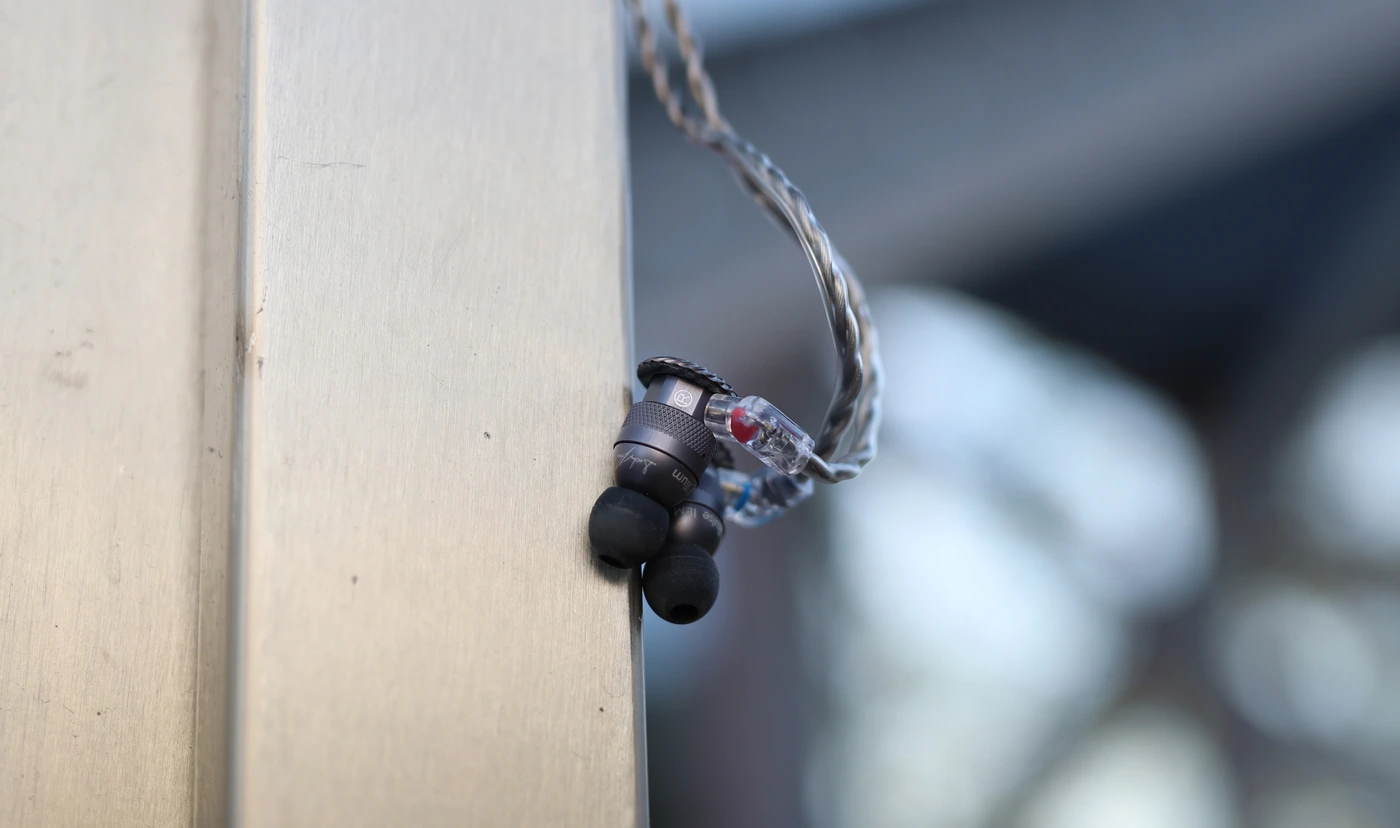
Sonically, the two share certain similarities, both are on the warmer side of things in the midrange, but Ne4 has basshead amounts of low-end quantity, punch and extension, while Twin Pulse sounds more as if you aren’t wearing any IEMS, creates a softer, more natural sound that’s not as heavy, but more natural in the midrange, while NE4 has a really thick and overly lush midrange. The treble is softer, and has a soft roll off effect for both, but NE4 has more treble sharpness, better resolution, while Twin Pulse Beryllium sounds more musical, softer, creating a sound that’s less critical of the source, allowing you to enjoy poorly recorded music much more. The choice here will depend on the price too, as Twin Pulse is less than half the price of NE4, and while you can get better resolution with Ne4, the quantity of bass they have can be a bit excessive, part of the FiR Audio house sound being a really strong and powerful bass.
Spirit Torino Twin Pulse Beryllium vs HIFIMAN Svanar (1000 USD vs 1999 USD)
HIFIMAN Svanar has cables that cannot be replaced, at least the sample I had, but the comfort is generally better, as it is more rounded, a bit heavier, but fits better with traditional eartips, it has suppler and more flexible cables. The passive noise isolation is stronger on the Svanar, which offers up to 25 dB of passive noise isolation. Both IEMs are about as hard to drive as each other, Svanar is slightly more sensitive to source quality, and needs a source that has lower noise and better control to sound proper. HIFIMAN Svanar is a closed IEM and offers almost 25 dB of passive noise isolation, while Twin Pulse is open, which comes with both the advantages sonically, and disadvantages of them leaking and not isolating from outside noise a lot.
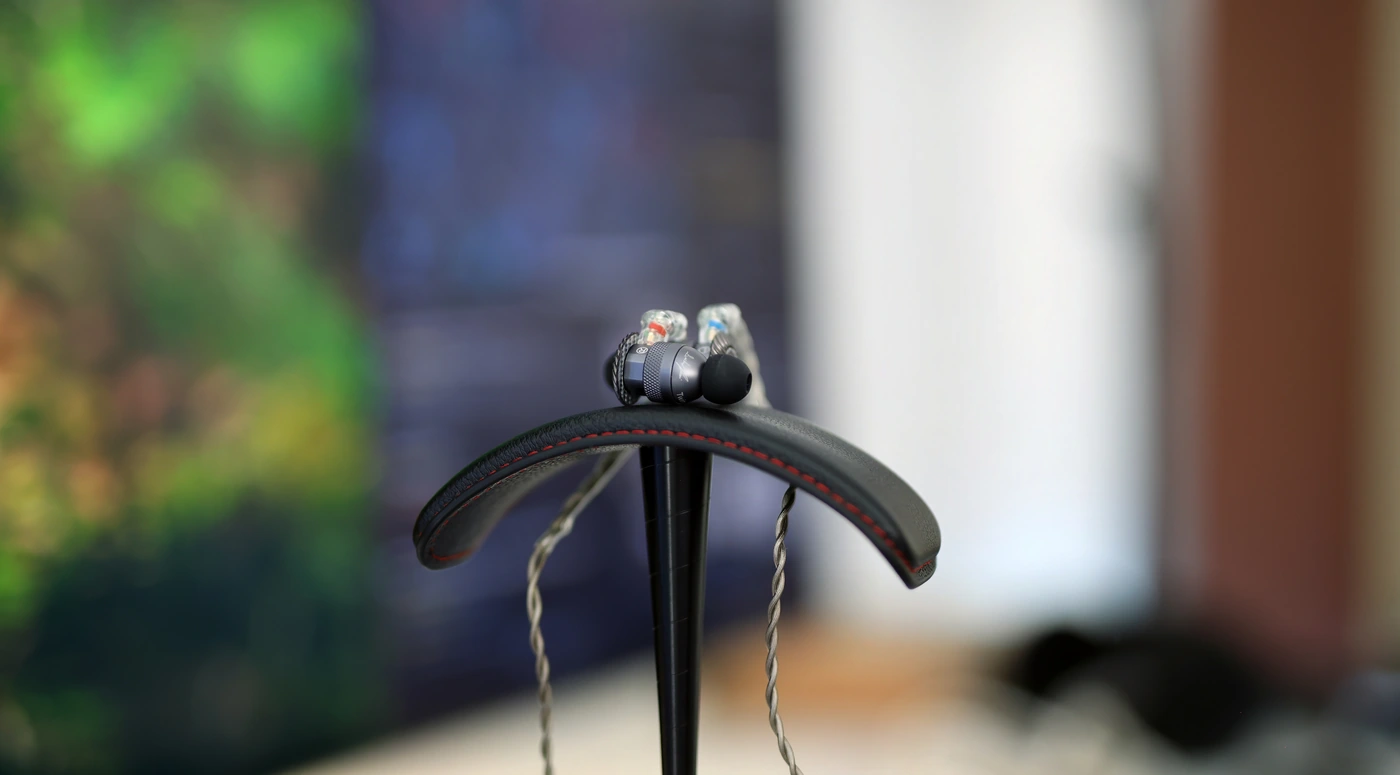
The sound of the two is very different, to the point where they are almost polar opposites, Svanar is the cleanest, most neutral, most detailed IEM you can hear, with ultra fast transient response and a tendency to reveal everything. For a critical listen, Svanar will satisfy even the pickiest of the listeners, creating a large and well defined soundstage, while Twin Pulse Beryllium creates a warm, soft, and musical sound that is never offensive, which can be enjoyed with any music, at any volume, turning death metal into a party to be enjoyed with the family, Masa Works Design songs into EDM and POP, effectively canceling all of the harsh and aggressive / fatiguing elements typically found in those. The soundstage of the Twin Pulse is intimate, brings you close to the vocalists, and lead instruments, creating a uniquely personal experience, warm. The choice here is very simple, you pick the one that seems to have a sonic that you’d enjoy more, Twin Pulse for musicality, a softer, fluid and romantic sound, and Svanar for the best resolution and clarity, and the one of the most neutral presentations available out there.
Spirit Torino Twin Pulse Beryllium vs Sennheiser Ie900 (1000 USD vs 1499 USD)
Physically, IE900 is smaller, it comes with three cables in the package, but out of all those cables, the ear guides are also more rigid than with most IEMS out there, so the comfort is about the same between the two, with IE900 actually becoming less comfortable after long hours of wear, while the more you’re wearing the Pulse Beryllium, the more comfortable they become. The maximum driving power handled by the Pulse is much higher, and they have a higher headroom, handling higher volumes with lower distortion, and with a cleaner presentation.
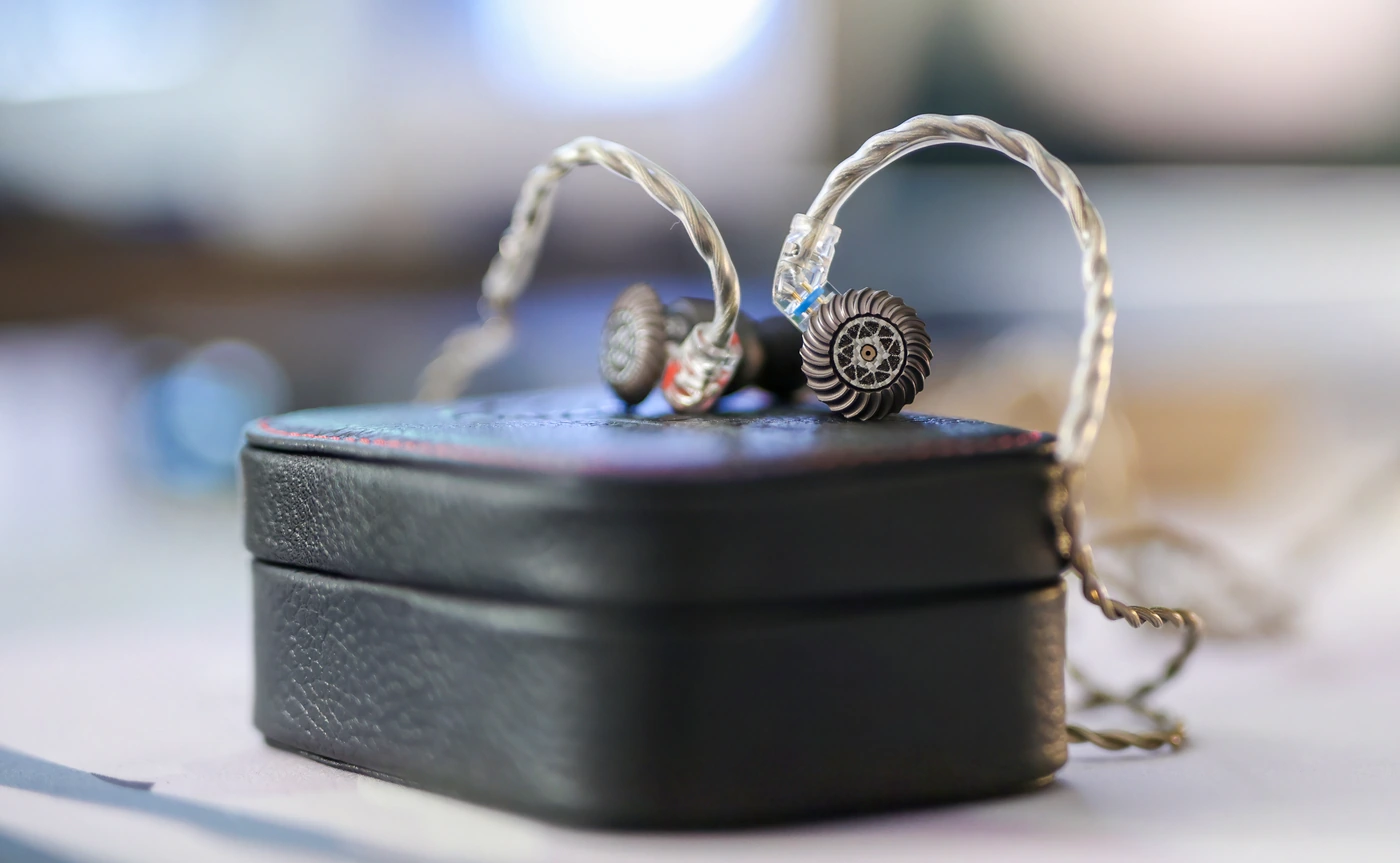
The sound of IE900 is far brighter, with a deeper sub bass, more bass quantity, and more coloration in the midrange too. To some degree, IE900 keeps a similar presentation for all songs, and this includes the midrange tonality, and tonal balance, with there being a bit of extra bass always added to a song by Ie900, while Twin Pulse manages to allow the song to shine through and show just how much bass it has for every song. The brighter, more airy sound of IE900 makes it wider, more holographic, more extended everywhere in the soundstage, but Twin Pulse sounds more put together, gives you a special intimacy with the singer, allowing you to hear their every breath and inflexion, puts you more in the action. The treble of IE900 is far brighter, airier, and has better overall resolution, while Twin Pulse pulls back the treble, to give a soft, clean presentation that is fatigue-free, allowing you to take in any song, regardless how it was produced, and enjoy it with no brakes.
Spirit Torino Twin Pulse Beryllium vs Soundz Avant (1000 USD vs 1390 USD)
The design of the Avant makes it a bit more generic, as the shape will offer comfort quicker and with less fiddling than with Twin Pulse Beryllium, both simply disappearing from my mind and becoming fully natural to wear after a couple of minutes. The default cable of the Avant has no hard guides, so it is more comfortable, it is also based on a standard 2-Pin connector, which makes it more universal, as the vast majority of IEMs uses this standard. Driving both is easy, but twin Pulse eats far more power at maximum volumes, having more headroom and a higher dynamic range when pushed very loud.

Sonically, both IEMS go for a softer, more romantic approach, although they are quite different, with Spirit Torino Twin Pulse Beryllium having a softer transient response, softer sound, more intimate presentation, especially of female voices, presenting songs as an imitate, immediate presentation, something that’s in the same space, same mindset and emotional state as the listener. Soundz Avant goes for a technically more correct approach, being a better mixing and monitoring IEMS, they have less warmth in the midrange, more treble sparkle, and more bass quantity, but a lower headroom, which makes Twin Pulse Beryllium sound more dynamic, more punchy and eat up more power and volume, as Spirit Torino designed them to stay cleaner at much higher volumes. Both IEMS make excellent choices, Twin Pulse is a really smooth, fluid IEM with much less treble presence, while Avant is a less romantic, more studio representation of the song.
Value and Conclusion
It is always harder to gauge the exact value and price / performance of flagships, and as we’re looking at an Earphone or IEM costing 1000 Dollars, you have to wonder if it is worth that money, but with Spirit Torino, the answer is always yes, and you can see the level technological advancement they have for their IEMs, as the new Twin Pulse IEMs have their own Isobaric system, a full aluminum jacket, and that sweet, romantic sound that a company from the sunny Italy could get so right and so proper in the midrange.

Without a crossover but with high-end cables included in the package, and with a low weight, Twin Pulse is the perfect way to enjoy a piano, a classical piece, rock music, and basically every song where the midrange matters the most and if you know you enjoy a warmer, sweeter sound, there’s nothing I would recommend quite as much as the Spirit Torino Twin Pulse Beryllium IEMs for the peace and happiness of your heart.
Product Link
You can grab one from the official Link from Spirit Torino here – https://www.spirittorino.com/en/products/iem-twin-pulse-berillium
You can grab one from www.amazon.com here – https://amzn.to/3I1I2bJ
If you’re in the UK, you can grab one from www.amazon.co.uk here – https://amzn.to/48ju1RI
And if you’re from Europe, you can grab one from www.amazon.de here – https://amzn.to/3I0RRH9
--- Please remember to stay safe, and always have fun while listening to music!---
- If you have a dime to spare, please donate, and help us! It would make the day brighter for me and my wife-
Full Playlist used for this review
We listened to more songs than those named in this playlist, but those are excellent for identifying a sonic signature. I recommend trying most of the songs from this playlist, especially if you’re searching for new music! The playlists are different for Spotify, Tidal and Youtube, and based on the songs I enjoy and are available on each!
https://www.youtube.com/playlist?list=PL_cjBXGmwSHSdGcwuc_bKbBDGHL4QvYBu
https://open.spotify.com/playlist/5J3oloz8Riy9LxEGenOjQ0?si=979ba4f082414be7
https://tidal.com/browse/playlist/330fd544-8e5b-4839-bd35-676b2edbb3d5
--- Contact Us ---





